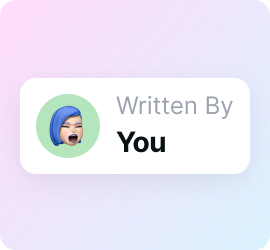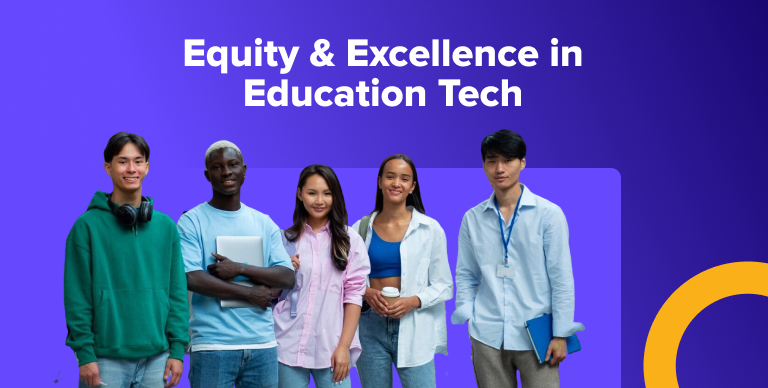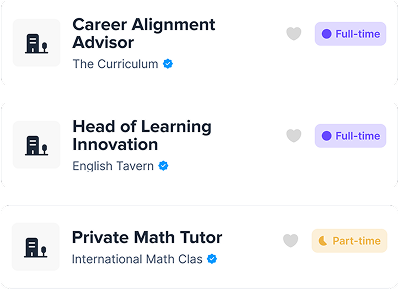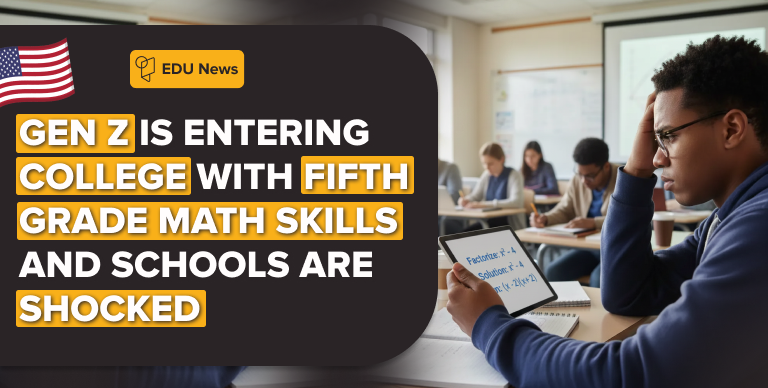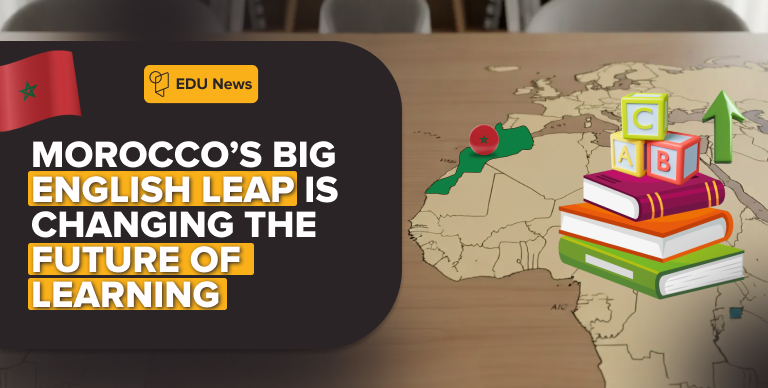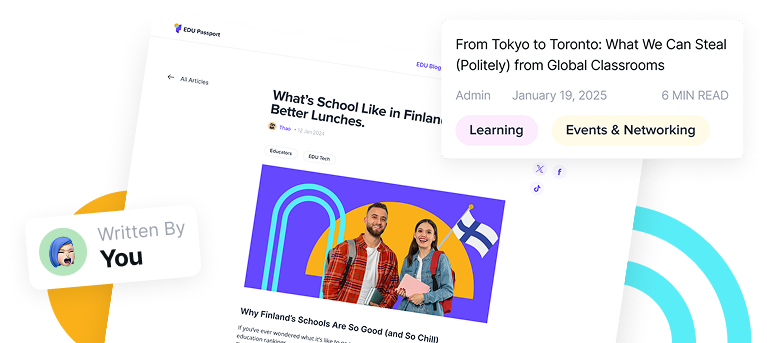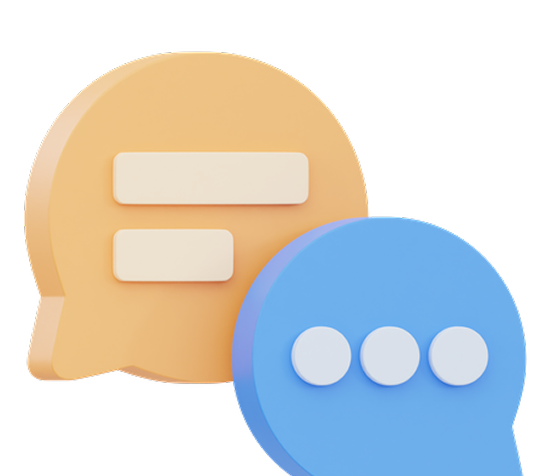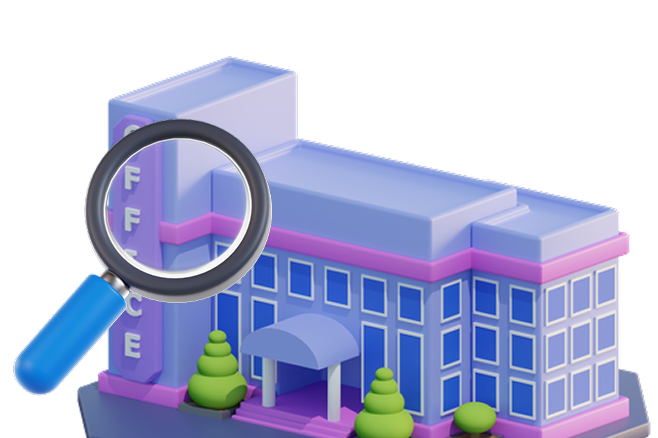Already a hot topic amongst educators and the entire education industry, equity and tech seem to be at odds with each other. How does an age old industry adapt to new tech needs in education while striking a balance in being available to all students?
Equity in Education: A Definition
“Equity in education” is a multifaceted concept that aims to provide all students, regardless of their background, with the necessary support and resources to achieve their educational goals. It’s about leveling the playing field so that every learner has an equal opportunity to succeed, irrespective of factors like race, economic status, or learning capabilities.
Equity in education is evident when students see representation of their race and community in the classroom through inclusive history lessons, story problems, and books. Providing diverse examples fosters a sense of equity among students of different races.
The goal of equity in education is to offer all students equal opportunities to acquire valuable skills and knowledge for life and societal contributions. Achieving this requires educators to overhaul learning systems at both school and district levels, ensuring fairness and inclusion. The new system incorporates interventions and resources to ensure every student has the opportunity to reach their academic goals.
How does this definition include technology that is becoming more present in curriculums of both private and public school sectors?
Technology Equity Issues in Education
The commercialization of electronic devices may appear widespread, but not all students have access to them at home. Equitable access to technology ensures all students, regardless of background, have the tools and knowledge needed for learning. This lack of access can limit opportunities and exacerbate inequalities, especially in times of distance learning. Providing technology is not enough; it’s crucial that teachers are proficient in its use for effective education.
Technology Equity in Schools: Possible Solutions
Educators are pivotal in ensuring equitable access to technology, as they are directly engaged with students. Here are several strategies they can employ:
- Develop Systematic Technology Plans: Educators can advocate for the development of comprehensive technology plans within their schools or districts.These policies should address avenues for accessing technology, ensure individuals understand how to utilize it, and remain adaptable to diverse instructional needs and learning styles.
- Engage Teachers: School leaders should consult relevant teachers before introducing initiatives, ensuring alignment with student needs and curriculum goals. For instance, discussions with literacy department heads prior to purchasing literacy-boosting software can prevent investment in outdated or irrelevant technology.
- Initiate Digital Literacy Programs: Recognizing disparities in students’ technological proficiency, educators can establish digital literacy programs to address these gaps. These initiatives may include after-school programs focusing on fundamental computer skills, helping students become more comfortable with digital tools.
- Utilize Government Resources: Additionally, they can explore local initiatives providing hotspots and laptop loaners to students. Government policies can allocate funding for digital tools, supporting educators in enhancing technology access.
- Forge Partnerships: Collaborations between schools and external organizations or neighboring institutions can alleviate resource constraints. By leveraging existing resources and sharing facilities, educators can bridge gaps in technology access. For example, schools can exchange access to sports facilities for computer lab time, maximizing available resources.
Conclusion
In addressing the societal issue of equitable technology access, educators wield significant influence. By implementing these strategies and leveraging available resources, they can empower students with the tools necessary for digital learning and future success. For further insights into technology integration in education and access to valuable resources, educators can explore platforms like GoGuardian, offering tailored solutions to optimize K-12 digital learning programs.



